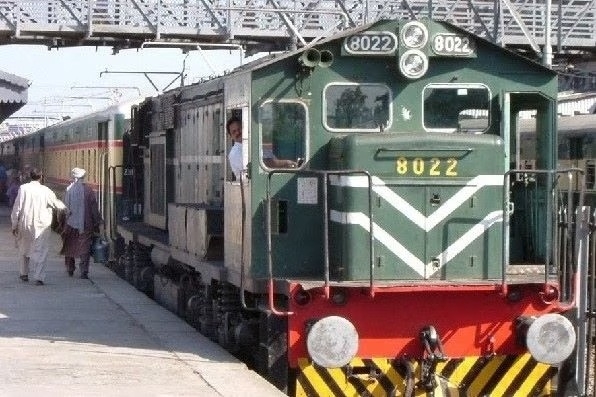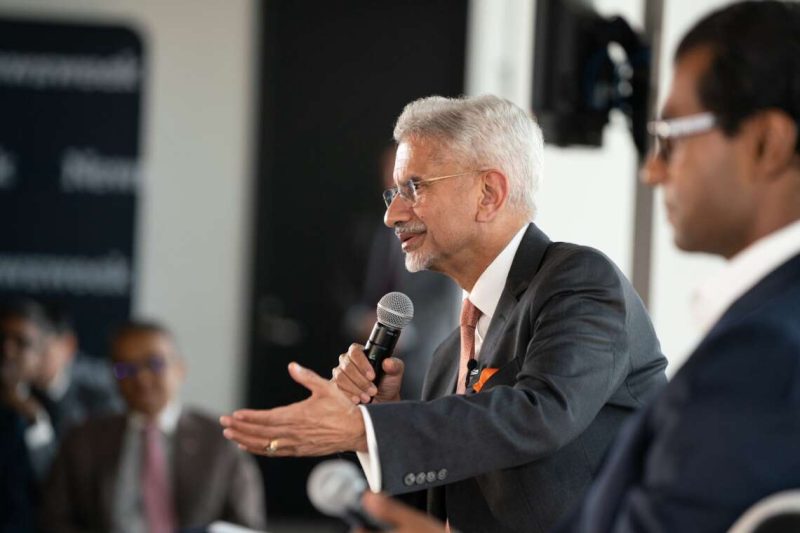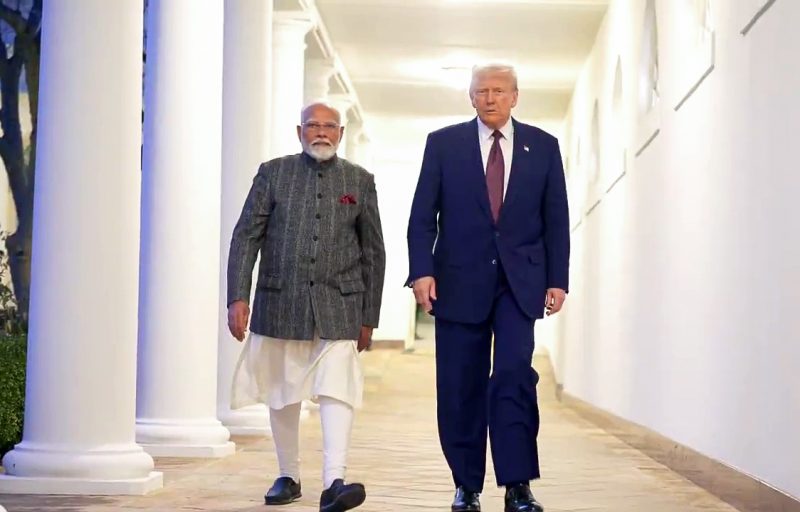The proposed project is set to pass through at least three disputed regions – Xinjiang, Pakistan-occupied Kashmir (POK), and Balochistan, reports Rahul Kumar
China plans another monumental corridor project under the Belt and Road Initiative – The China-Pakistan railway. The gigantic enterprise will cost a whopping $58 billion. The railway will join Kashgar in China’s tense Xinjiang region to Gwadar in conflict-prone Balochistan on the Arabian Sea.
State-owned China Railway First Survey and Design Institute Group Company conducted the survey for the nearly 3,000 km rail link that aims to reduce Beijing’s dependence on traditional Western-dominated trade routes. The South China Morning Post (SCMP) says that the rail project will reshape not only trade but geopolitics as well.
SCMP reports that the study on the proposed China-Pakistan rail project was first published by a Chinese-language journal, Railway Transport and Economy this month. The study becomes public at a time when Pakistan’s Chief of the Army Staff, Gen. Asim Munir is on a four-day visit to China.
China, which has ratcheted up tensions with Taiwan in the East China Sea (ECS) and with many South-East Asian nations in the South China Sea (SCS) fears that the traditional shipping lanes from the Pacific Ocean through the Indian Ocean can be blocked by regional or global powers in case of conflict.
The communist country has been investing in alternate routes through its BRI and CPEC projects to ensure security for energy supplies from the Gulf and reduce transit time for its exports to Europe. Beijing had long back detected the “Malacca Dilemma” – a likely bottleneck in the strait of Malacca through which most of its oil and hydrocarbon supply travels.
China is already deeply invested in the $62 China-Pakistan Economic Corridor (CPEC) that seeks to link up two “iron-brothers” through highways, power projects, pipelines, economic zones and the construction of the multi-purpose Gwadar port. The project initiated in 2015 has seen poor financial and security commitment by Pakistan owing to which Chinese companies have often stopped work.
CPEC is facing big troubles with the Baloch and Sindhi insurgent groups attacking Chinese nationals and project sites. The Tehreek-e-Taliban (TTP) militants, who have become ultra-active in the Khyber Pakhtunkhwa region too, have attacked Chinese workers at the Dasu hydro-power project. Impoverished, and often exploited, local Pakistani communities have opposed China as they look upon it as a colonial power.
Despite the setbacks in Pakistan, it is surprising that Beijing has proposed yet another major infrastructure project. Through this rail project, China seeks to reach Iran and Turkey and eventually Europe in a bid to export its products through non-Western traditional routes. It has already acquired sizeable stakes in many European ports.
The proposed project will, however, pass through at least three disputed regions – Xinjiang, which has the Muslim Uyghurs in an uprising; Pakistan-occupied Kashmir (POK) that has tense border with India; as well as Balochistan where a 75-year old independence movement has transitioned into a raging conflict.
The railway researchers have noted that “the China-Pakistan relationship was complex, with both countries having different priorities and interests”. The researchers also observed that the Kashgar-Gwadar rail project would have to pass through difficult terrain and volatile regions.
It is not the first time that the Chinese have proposed grandiose projects whose success rate has been patchy.
The Thailand to China rail link via Laos is yet to make concrete progress. No doubt the Tibetan railway worked out as China did not face any Tibetan insurgency during its construction. But with the proposed railway passing through hostile territory, the chances of success of such a risky undertaking are indeed remote.
Despite the bravado, China knows that not all is hunky-dory either with its expensive BRI projects or with all-weather friend Pakistan.
(The content is being carried under an arrangement with indianarrative.com)









